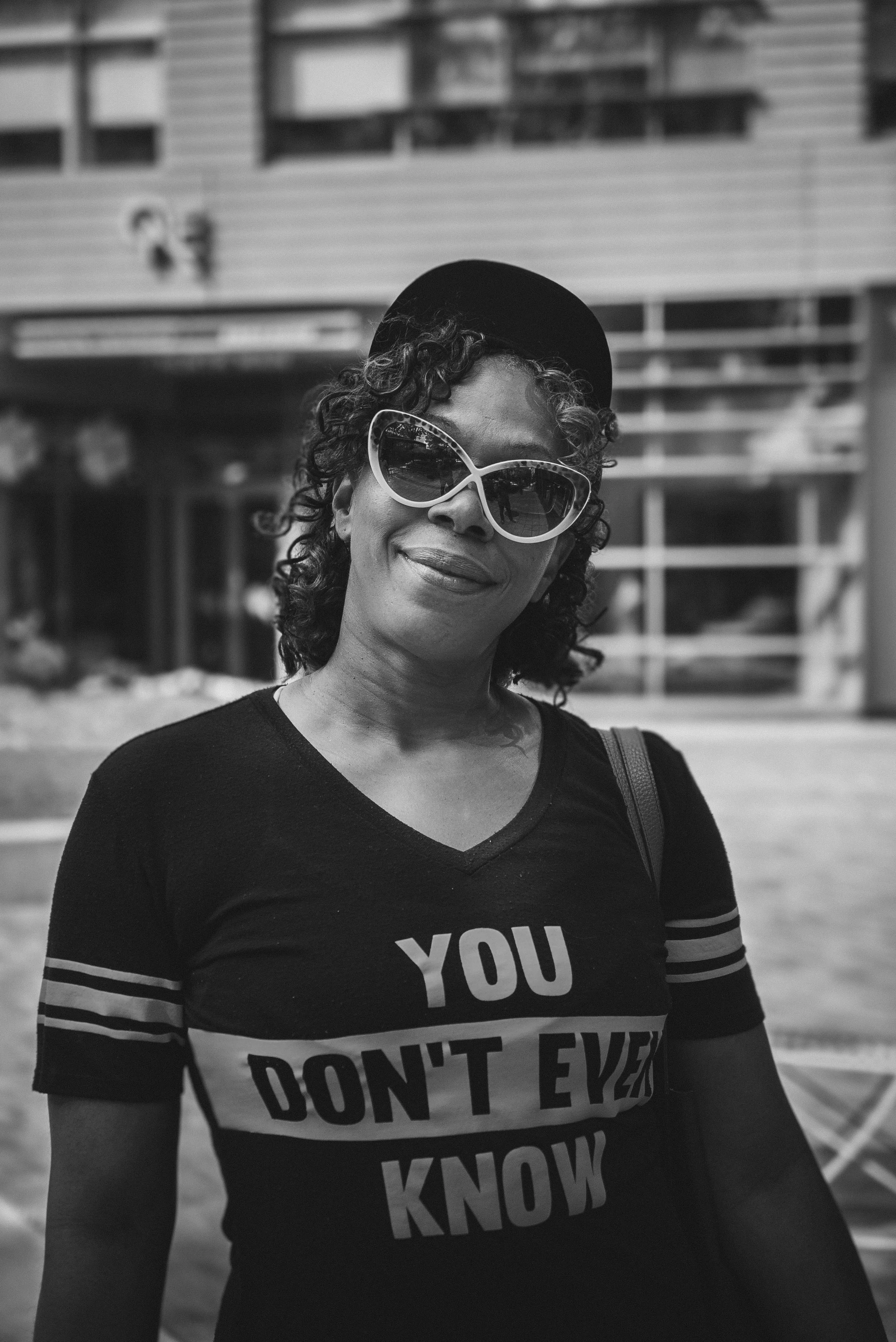Back and spinal pain can be be the result of a number of different causes: traumatic injury, degenerative joint diseases, even plain wear and tear. Sometimes it is a combination of these that causes the pain. It is important to be properly diagnosed in order to be properly treated. At Broward Outpatient, we have both Spine Surgeons and Orthopaedic Surgeons, Pain Management Specialists, Chiropractors and Physical Therapists on staff and in-house to diagnose and treat your back pain. Here are some of the conditions we treat:
Osteoarthritis
Osteoarthritis (OA) sometimes called degenerative joint disease, is the most common form of arthritis. Arthritic joints occur when there is a loss or damage to cartilage. This loss of shock absorption causes inflammation and pain. For effective relief form osteoarthritis related pain and movement limitations, call 754-205-0682 or fill out the form to the right for compassionate orthopedic care by a board-certified orthopedic surgeon in Broward County, Florida.
While osteoarthritis can affect any joint in your body, the disorder most commonly affects joints in your knees, hands, hips, feet, and spine. OA commonly occurs after the age of 40 and gradually worsens over time.
While no cure exists, treatments are available that can relieve pain and help you remain active. Taking steps to actively manage your osteoarthritis may help you gain control over your symptoms.
Common symptoms of osteoarthritis include:
Pain, tenderness, or stiffness in your joint
Loss of flexibility in your joint
Bone spurs, which are extra bits of bone that feel like hard lumps and may form around the affected joint
Symptoms of facet joint syndrome in the lower back include pain or tenderness in the lower back; pain in the buttocks and thigh; and/or stiffness or difficulty with certain movements. When facet syndrome occurs in the neck, symptoms might include headaches; shoulder pain; neck pain; and/or difficulty rotating the head.
Our staff diagnoses facet joint syndrome with a thorough physical exam and imaging (x-ray, MRI), and treatments include physical therapy and medication.
Herniated Disc or "Slipped Disc"
The spine is made up of 26 bones, called vertebrae. In between them are soft disks filled with a jelly-like substance. The disks cushion the vertebrae and keep them in place. A herniated disk occurs when a disk slips out of place or ruptures. If it presses on a nerve, it can cause back or neck pain depending on which disk is affected.
Symptoms include:
Back pain that spreads to the buttocks and legs, when the herniated disk is in your lower back
Neck pain that spreads to the shoulders and upper arms, when the herniated disk is in your upper back
Tingling or numbness
Muscle spasms or weakness
Treatments include rest, pain and anti-inflammatory medicines, physical therapy.
Spinal Instability
Some motion of the spine – specifically the vertebrae – is normal. Spinal instability occurs when the motion among each vertebra is significantly greater in relation to one another. Spinal instability may be caused by an injury, osteoporosis, and/or a degenerative or congenital disease. Symptoms include neck pain or back pain, muscle spasms, and/or nerve pain.
Our staff diagnoses spinal instability using a physical exam and imaging, such as x-ray or MRI. We offer several non-operative treatments for spinal instability, including physical therapy and medication.
Spinal Stenosis
Spinal stenosis is a narrowing of one or more areas in the spine. It usually occurs in the neck or lower back. The narrowing, or compression, can cause pressure on the spinal cord or spinal nerves.
Depending on which nerves are affected, spinal stenosis can cause pain or numbness in your legs, back, neck, shoulders or arms. It can also cause limb weakness and loss of sensation in your legs and arms. Pain is not always present.
Spinal stenosis is commonly caused by degenerative age-related changes in the spine.
Symptoms vary, depending on the location of the stenosis:
Spinal stenosis in the neck - Numbness, weakness, or tingling in a leg, foot, arm, or hand
Neck or shoulder pain may occur if the nerves in your neck are compressed. However, cervical spinal stenosis often does not cause pain and neck pain can be caused by other unrelated problems.
Spinal stenosis in the lower back - Compressed nerves in your lower (lumbar) spine can cause pain or cramping in your legs when you stand for long periods of time or when you walk. The discomfort usually eases when you bend forward or sit down.












